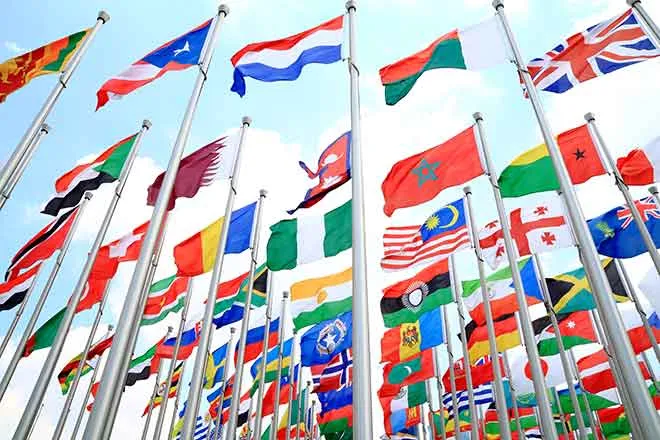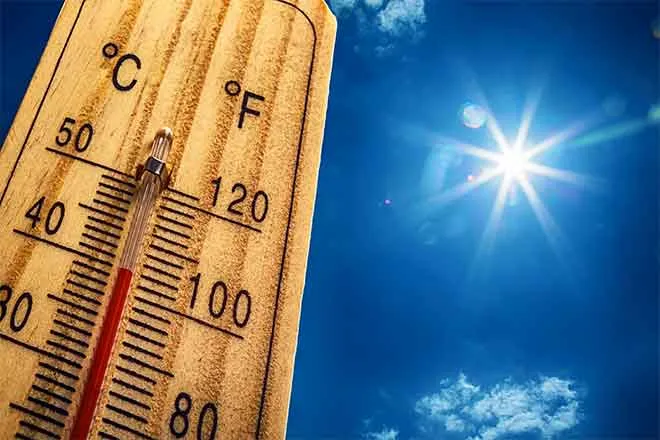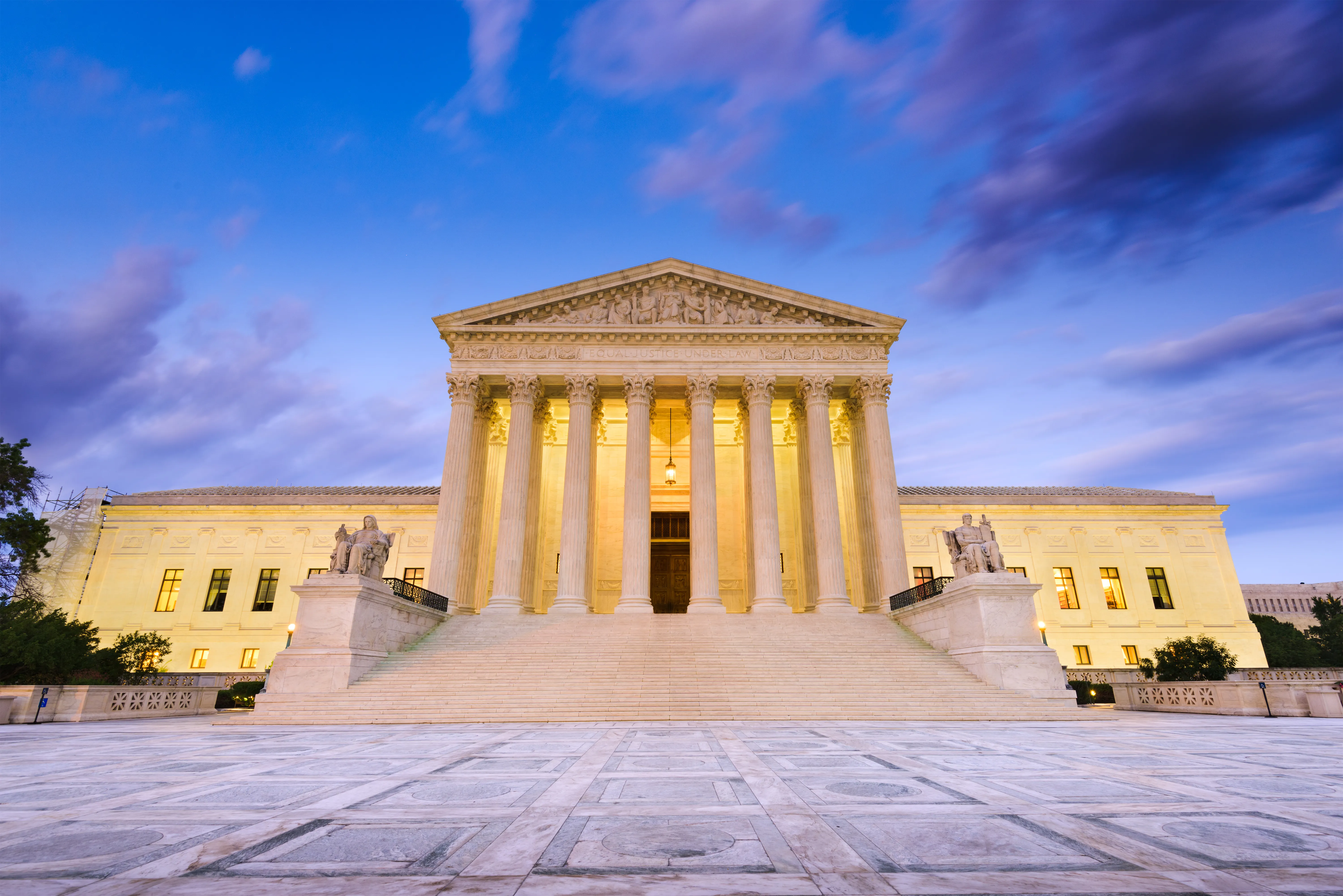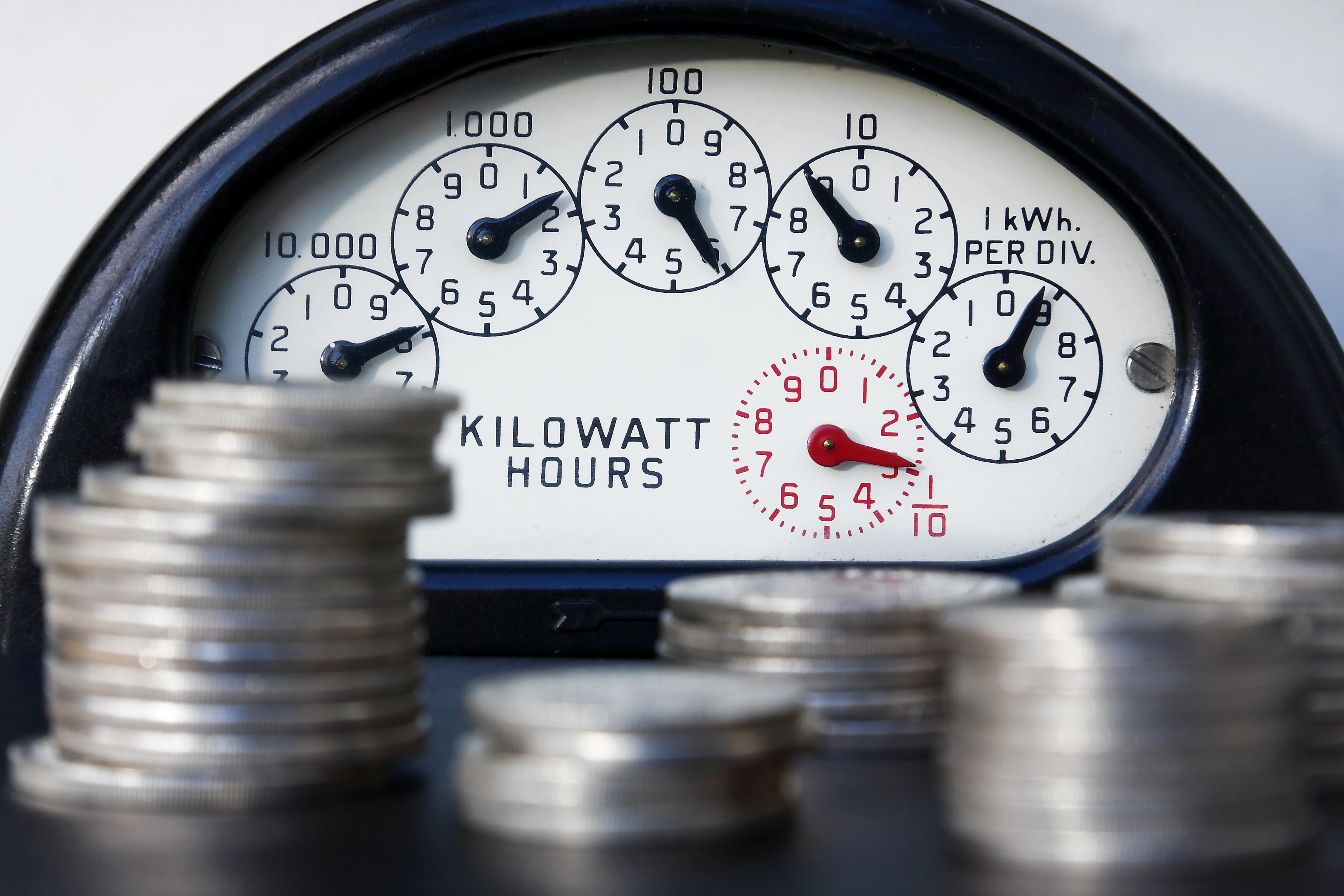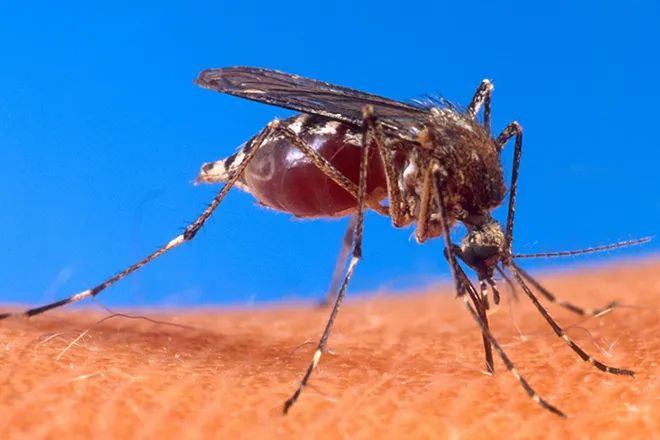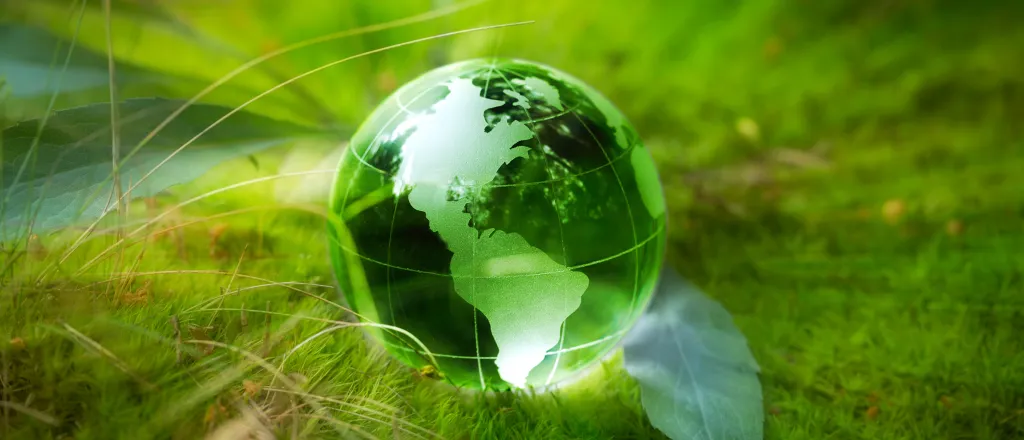
EarthTalk - How do regions of the U.S. compare for vulnerability to climate threats?
© iStock
Dear EarthTalk:
How do different regions of the U.S. compare with regard to vulnerability to impending climate threats?
Peter Greenville, Detroit, MI
Climate change causes rising temperatures, fluctuating rain patterns and other extreme weather phenomena. However, the effects of climate change are not equally distributed across the country.
Regional climate change experiences can be broadly divided into two categories: (1) geographical and climatic factors (i.e., the actual climate change); (2) and socio-economic factors (i.e., the vulnerability of the population to these changes). It is crucial to understand how different regions experience climate change in order to develop effective climate policies. Some regions, for example, rely on climate-sensitive industries such as agriculture, tourism and natural resource extraction, while others do not. Those that do tend to be home to vulnerable populations like people with low income, and marginalized communities.
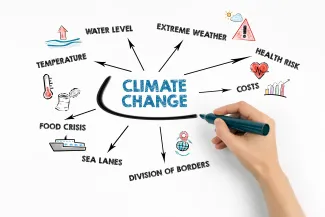
The Fifth National Climate Assessment (NCA5) recognized certain region-specific patterns. The U.S. Northeast is experiencing significant increases in extreme precipitation, with some areas seeing up to a 60 percent rise from the historical average. Also, warming water temperatures are impacting local wildlife. In the Southeast, lengthy coasts make the region particularly vulnerable to hurricanes and increasing sea levels. This vulnerability is exacerbated by the region's reliance on coastal ecosystems and tourism.
Climate change negatively affects the Great Plains' huge energy sector. Agriculture is disrupted through the depletion of a critical water source: the High Plain Aquifer. The region is also vulnerable to habitat loss, changes in food availability, and other unique problems. The Midwest, with its intense agricultural production, suffers extreme weather events and changes in precipitation patterns that dramatically impact crop yields. A severe drought in 2012 caused billions of dollars in losses to Midwest farmers.
The Northwest's vulnerable water resources are greatly impacted by higher temperatures. Snowpack, a critical water source, is declining. Also, the region's extensive forests face a higher risk of wildfires and insect infestations. The Southwest, characterized by a hot and dry climate, is also vulnerable to prolonged droughts, severe wildfires and water scarcity, further straining its already limited water resources.
Alaska and its large population of indigenous people is affected by melting permafrost, coastal erosion and loss of wildlife. Hawaii and the U.S. Caribbean's coastal communities suffer sea level rise, coral reef degradation and extreme weather events. And the National Oceanic & Atmospheric Administration reports that degradation of coral reefs due to rises in sea surface temperatures could incur coastal damages costing approximately $1.2 billion (in 2022 dollars) annually to Hawaiʻi and the U.S. Pacific territories.
While impacts of climate change vary, it is important to remember no region is immune. We will need to continue to collect and analyze data to fully understand this issue. Furthermore, we need to empower vulnerable communities and prioritize their needs. Finally, we need to make collaborative efforts at the local, state and national levels to truly combat this issue.
CONTACTS
- The U.S. Climate Vulnerability Index, https://map.climatevulnerabilityindex.org/
- The Fifth National Climate Assessment, https://nca2023.globalchange.gov/.
EarthTalk® is produced by Roddy Scheer & Doug Moss for the 501(c)3 nonprofit EarthTalk. See more athttps://emagazine.com. To donate, visit https://earthtalk.org. Send questions to: question@earthtalk.org.

